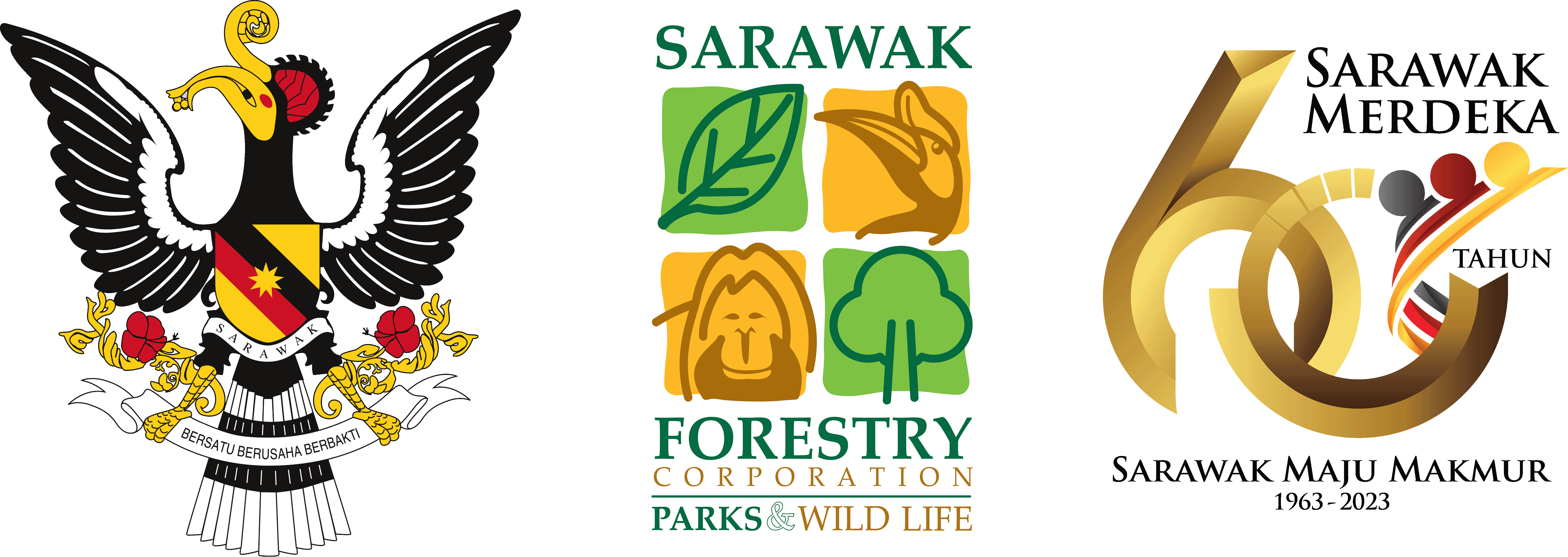INTRODUCTION
Established in 1975, the Semenggoh Wildlife Centre cares for wild animals that are injured, orphaned, or previously kept as illegal pets. Located 24 km from Kuching within the Semenggoh Nature Reserve, its main aims are to:
- Rehabilitate injured or captive animals for release back into the wild.
- Conduct wildlife research and breeding programs for endangered species.
- Educate the public on conservation.
The Centre has cared for endangered animals from various species, but it is best known for its successful orangutan rehabilitation program. Due to the high number of orangutans reintroduced, the forest’s capacity was reached, shifting rehabilitation activities to the Matang Wildlife Centre.
Now, Semenggoh focuses on studying orangutan biology and behavior while providing a natural haven for semi-wild orangutans, including those born in the wild to rehabilitated mothers. Visiting Semenggoh offers a unique opportunity to observe these remarkable animals in their natural habitat.

ORANG UTAN IN THE WILD
The orangutan (pongo pygmaeus), found in the rainforests of Malaysian Borneo (Sarawak and Sabah), Indonesian Borneo (Kalimantan), and North Sumatra, is one of the world’s largest primates and is almost completely arboreal. The word “orang” is Malay for “person” whilst “utan” is derived from “hutan” meaning forest. Thus, orang utan literally translates as “person of the forest”.
Mature males, with large cheek pads and a throat sac, can reach 150 cm in height, weigh up to 100 kg, and have an arm span of 240 cm. Females are smaller, with both sexes having long reddish hair. Females give birth every 7-8 years and mature at 12, while males mature at 15. Orangutans can live over 50 years in captivity.
Primarily fruit eaters, they also consume leaves, insects, bark, flowers, eggs, and small lizards, building new nests each night in the forest canopy. They are generally solitary due to food scarcity and lack of predators.
With an estimated 20-27,000 left in the wild, orangutans are endangered due to deforestation, habitat encroachment, hunting, and the live animal trade. Rehabilitation programs in Indonesia and Malaysia, like Sarawak’s Semenggoh Centre, work to reintroduce rescued orangutans and educate the public.
Getting There
By Bus, Taxi or GrabCar
The Semenggoh Wildlife Centre is situated approximately 24 km from Kuching City and can be reached in about 15 to 20 minutes. As there are no regular bus services directly to the centre, it is advisable to hire a taxi or use GrabCar.
Trail
From the entrance to the feeding station at Semenggoh Wildlife Centre is approximately 1.6 km. Visitors can either take a 5-minute buggy ride, with tickets available for purchase at the entrance, or walk, which takes about 30 minutes. There is also a feeding trail around 200 meters long.
Note that no visitor cars are allowed inside the Centre.
Visiting Hours: 8:00a.m -10: 00a.m, 2:00p.m – 4:00p.m (Monday to Sunday)
Feeding time: 9:00a.m-10: 00a.m, 3:00p.m – 4:00p.m.
Contact: 082-618 325 / 082-618 324 (Semenggoh Wildlife Centre)

